A messy fridge is a common household issue
we usually tend to underestimate. Keeping your fridge in order is
essential if you’re trying to stock up at a grocery store only once a
week and need to extend the shelf life of fresh produce. Apart from
keeping the food fresh, a well-organized fridge also makes foods you use
often easily accessible and ensures the risks of food contamination are
brought don’t to a minimum, so yes, spending a few minutes to place
foods strategically instead of just unloading all the food into the
fridge as is pretty useful and important.
Here are 14 expert tips that can help you get your fridge in order.
1. Separate the dairy products
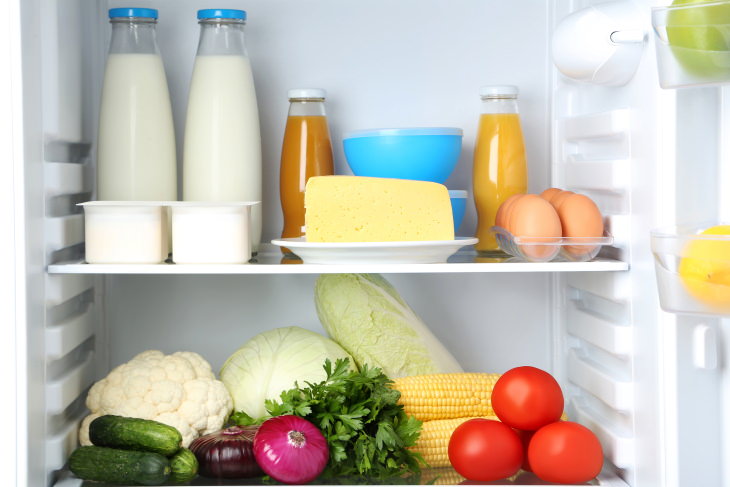

What is the best place in the fridge to
store dairy products?’ is a trick question, as in reality, different
dairy products require different conditions to stay fresh as long as
possible. Contrary to popular belief, for example, you shouldn’t keep
milk on the shelves of the fridge door because it will make it spoil
faster since the fridge door is the warmest place in the fridge.
Instead, store it deep in the main middle shelf. This way, it will still
be easily accessible, but the lower and steadier temperatures on the
middle shelf of the fridge will preserve it better. Butter and hard
cheeses like gouda and parmesan, on the other hand, don’t spoil as fast
as milk and so they can safely be stored on the top door shelves.
Lastly, soft cheeses like cottage and cream cheese, as well as yogurt,
sour cream, and other dairy drinks, do need to be properly chilled, so
either keep them next to the milk on the middle drawer, or in the deli
meats section.
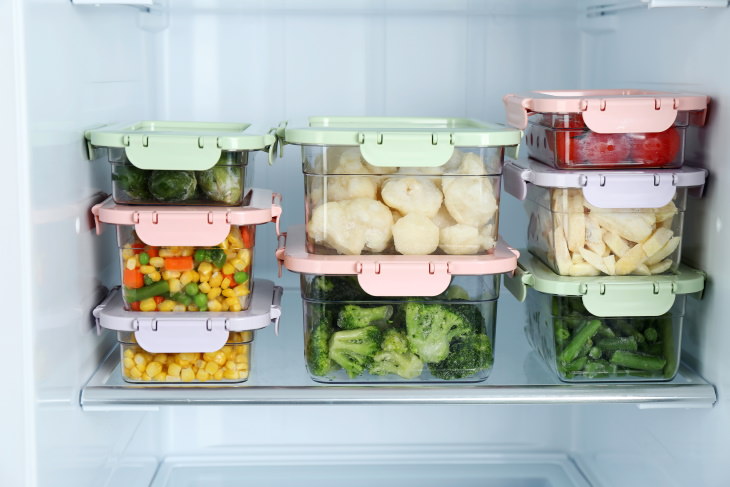
2. Transfer opened canned foods into food containers

Very few people are aware of the fact that
opened cans start to rust when they’re placed in the fridge, which can
make the foods in those cans have a slight metallic aftertaste. So, if
you’re wondering why the olives or corn you’ve opened just yesterday and
kept in the fridge overnight changed in taste, now you know why it
happens.
Luckily, this can be easily prevented by simply transferring the
contents of the open can into a plastic or glass container.
3. Keep herbs and salads away from the back of the fridge
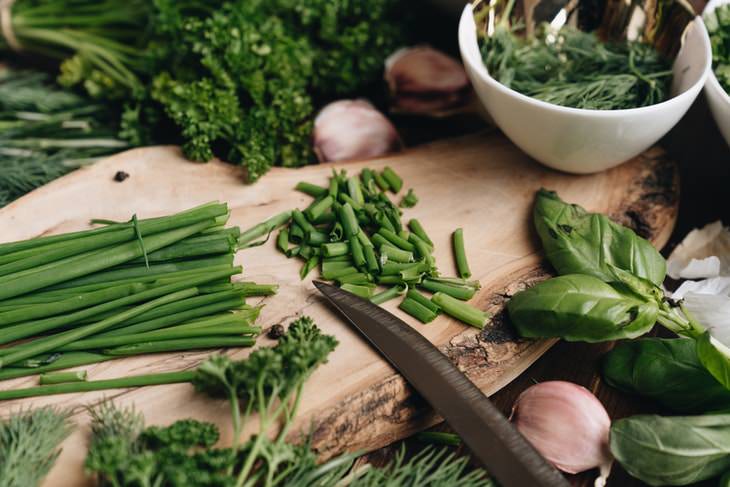

The gentle leaves of salads, herbs, and
even some vegetables, particularly tomatoes and cucumbers can develop
freezer burn or start to wilt if they touch the walls of the fridge,
especially the back since it’s much colder there than in any other area
of the refrigerator. Instead, store these delicate foods in the middle
or towards the front of the shelf or in the high humidity drawers next
to the vegetables.
4. Be careful with cooked rice
Some foods are more likely to cause food
poisoning than others. A significant percentage of uncooked rice
contains Bacillus cereus, a pathogen that commonly causes food poisoning
and can lead to complications in some individuals. So be vigilant and
avoid eating rice that’s been in the fridge for more than 2 days. Also,
try to keep the cooked rice in an area in your fridge with a steady cold
temperature, such as the middle or back of the top shelf.
5. Store and defrost meat and fish away from other foods
No matter how sanitary and clean the place
where you purchased meat and fish is, you should always treat it as if
it has contaminants and never store it next to foods you’re not planning
to cook, such as fresh vegetables, dairy, cooked foods, or deli meat.
This is because some microorganisms are naturally present in meat,
poultry, and fish, but they’re typically eradicated during the cooking
process.
However, if cross-contamination occurs and
these germs do get on the foods we eat as is, this can lead to food
poisoning. To avoid any drips or splatter, it’s recommended to store raw
meat and fish on the bottom shelf of the refrigerator. It is also the
coolest part of the fridge, so it will prevent raw meat and fish from
spoiling.
No need to unpack meat that comes in sealed packages before placing it
in the fridge, but if the meat you purchase comes unpacked, place it on a
plate and wrap it thoroughly using cling film.
6. Fish needs special treatment
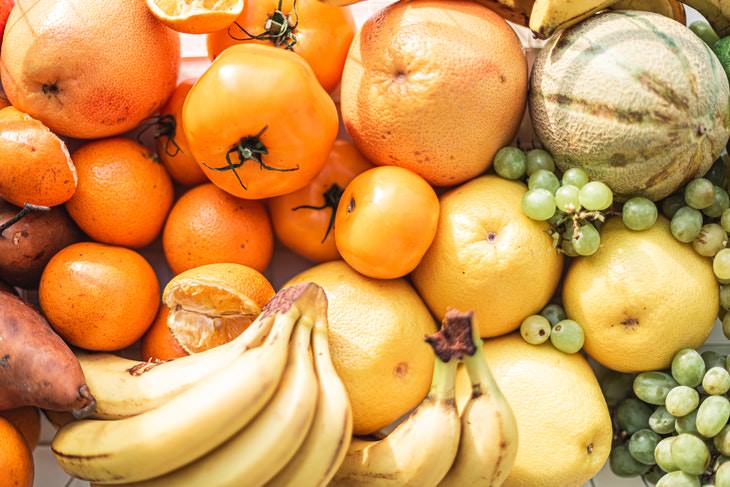
It’s always preferable to eat fresh fish
the day you buy it, but if this isn’t possible, you have to make sure
it’s sealed tight, dry, and properly chilled. As we’ve mentioned above,
the best place to store fresh fish is the bottom shelf of the
refrigerator, and you should make sure that the fish gets into the
fridge as soon as you arrive home to prevent spoilage.
To prepare the fish for the fridge, remove its packaging, blot it with a
paper towel or a clean damp cloth, and put it on a large plate,
subsequently wrapping it thoroughly with cling film. Place the fish in
the back of the bottom shelf and ideally use it up within 24 hours.
7. The nuances of fruit storage

The general rule of thumb is - store fruit in its original packaging in
the low humidity drawer, also marked as “crisper” in some refrigerators.
Certain fruits, such as apples and citrus fruit need no packaging, so
you can just unpack them and place them in the fruit drawer as is.
The majority of fruit, however, especially delicate berries, do benefit
from being double-packed in a plastic container or a bag in addition to
the original basket in which they are sold.
Lastly, also note that some fruit should not be stored with others, as
they exude gases that will make other fruits go bad faster. Bananas,
pears, nectarines, plums, peaches, avocados, and tomatoes are just some
of these so-called ‘gas releasers’. It’s best to store these foods
outside of the fridge altogether; in fact, most of them don’t require
refrigeration anyway.
8. Deli meats need a dedicated drawer, too
Deli meats, sausage, sliced cheese, and
cured fish should never be stored together with other foods, as they
will make other foods smell bad. In addition, they do go bad after a few
days, even if you don’t notice any funny smell or taste, so you must
place them in separate containers once you opened the package to avoid
cross-contamination.
The best place for these foods is the top shelf, but these days most
refrigerators have a dedicated top drawer for these foods. The only
exclusion from this rule is raw bacon - experts say it should be stored
together with raw meat and fish, and it’s recommended to use it up
within a few days.
9. Store vegetables in high humidity drawers
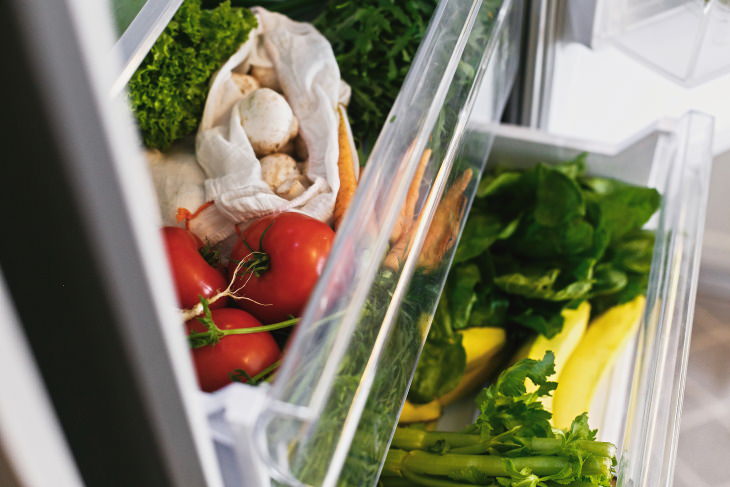

While fruits require low-humidity
conditions, vegetables are best preserved in a high-humidity
environment. Most fridges have a dedicated salad drawer to store veggies
and fresh herbs; roots like fresh ginger or turmeric will also benefit
from the humid conditions of the salad drawer.
Remember, however, that not all vegetables should be stored in the
fridge in the first place. In fact, such veggies as potatoes, avocados,
onions, and tomatoes are best stored outside of the fridge.
R
10. Juices, jams, and condiments are not fussy when it comes to
temperature changes
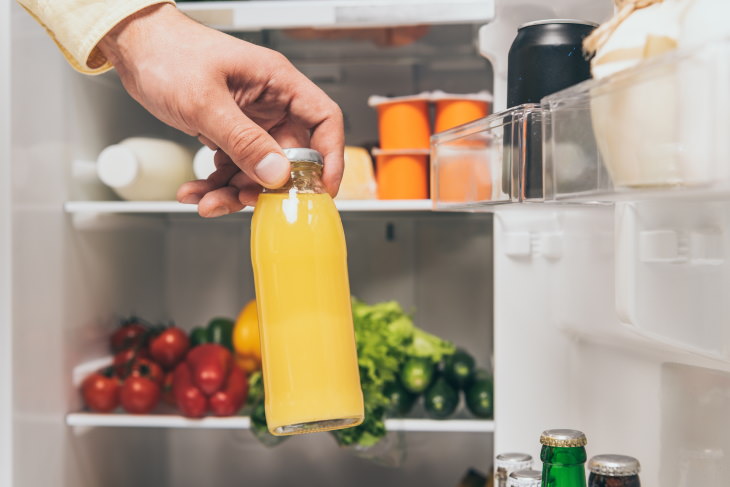

Which foods other than butter can be safely
stored on the shelves of the fridge door? Condiments, jams, juices,
soft drinks, and other preserved foods are all good candidates, as these
foods usually contain preservatives that prevent them from going bad
fast. Therefore, all these foods can handle fluctuating temperatures and
can be easily stored in the warmest area of the fridge - the door.
11. The first foods in should also be the first ones out
One of the main causes of food waste in
residential homes is the lack of mindfulness about expiration dates.
It’s true, many people just pile the same kinds of foods on top of each
other, and as a result, there’s always a shriveled apple at the bottom
of the fruit drawer or a few slices of spoiled cheese in the back of the
deli section.
Save yourself some money and learn to organize produce by date - the
first foods to be in the fridge should also be the first ones to be used
up. That means the milk carton you bought on Friday should not be
placed in front of the one you bought on Monday. Intuitively, we just
grab for the closest suitable thing, so we should always keep that in
mind when we organize our fridge, too.
Therefore, place that half-empty milk carton from Monday in front of the
fresher one and avoid burying old fruit and veggies with new ones, for
example. This is the system most grocery stores and pro kitchens use,
and we say we can all take advantage of it, too!
12. Avoid putting hot food into the fridge
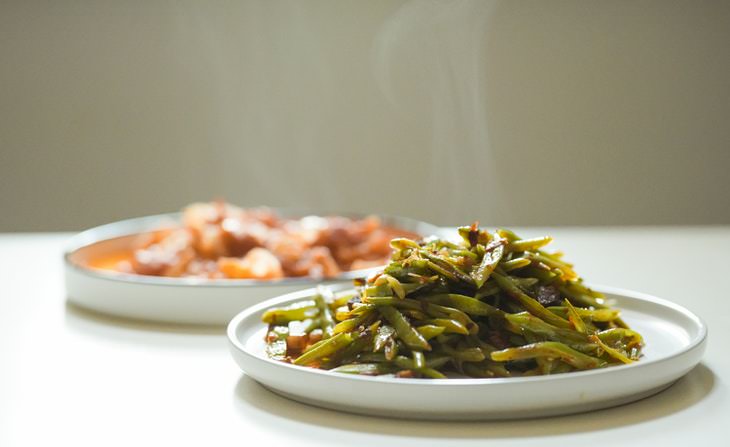

It may be obvious to you, but we still see
people make this mistake. Don’t put hot food into the refrigerator, as
the extra warmth will increase the overall temperature in the fridge and
may lead to unnecessary spoilage. In addition, it’s not good for the
fridge either.
13. Store eggs on the shelf, not the fridge door
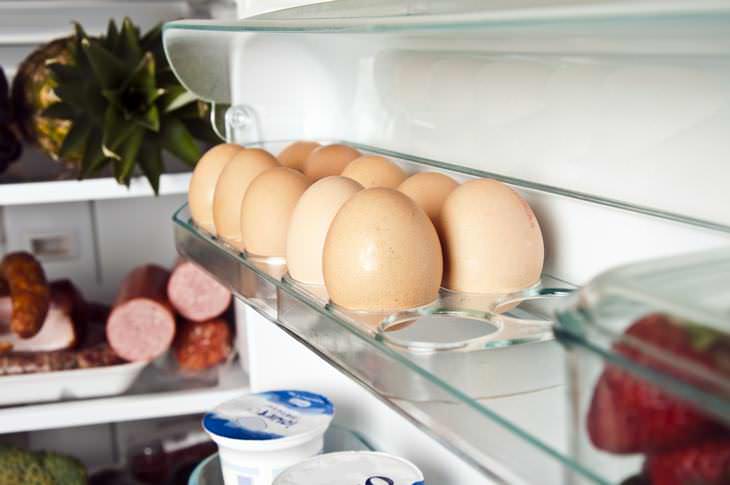

Contrary to popular belief, the
refrigerator door is the last place where you want to store eggs. The
shelf on the inside of your refrigerator door sees a constant flux of
temperature, as you open and close the fridge to get your food. The
shelf door is also the warmest place in the fridge, meaning that storing
your eggs there will only make them rot faster.
Instead, we recommend storing eggs on the middle shelf of the refrigerator together with other perishable foods like milk.
14. Know the foods you don’t need to refrigerate
The best way to ensure that your fridge is
always clean looking and organized is to avoid overloading it with foods
that don’t need to be there. This includes things like bread, root
vegetables, bananas, and other fruits, hot sauce, and many others. Save
yourself some precious fridge storage space and keep them out of the
fridge.